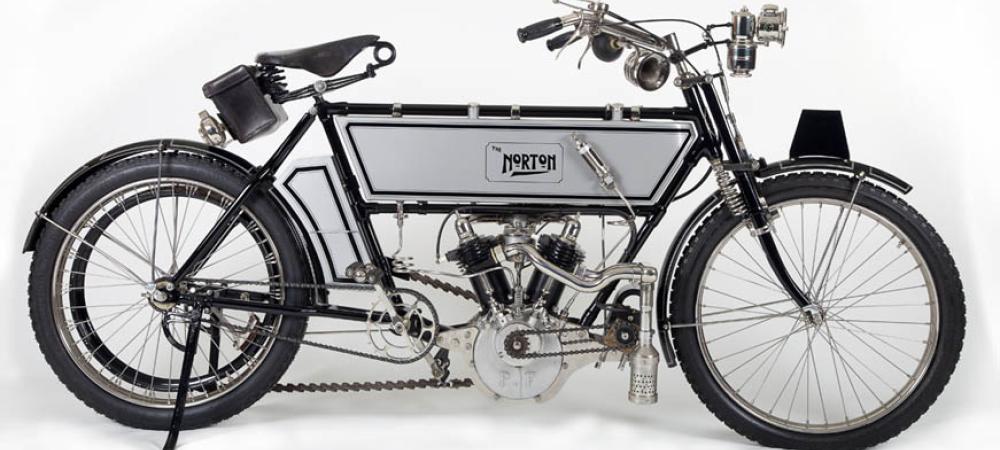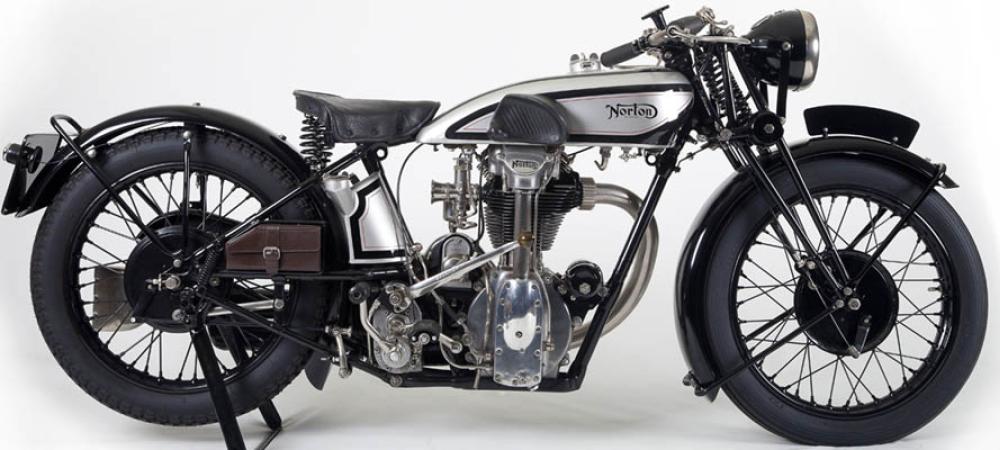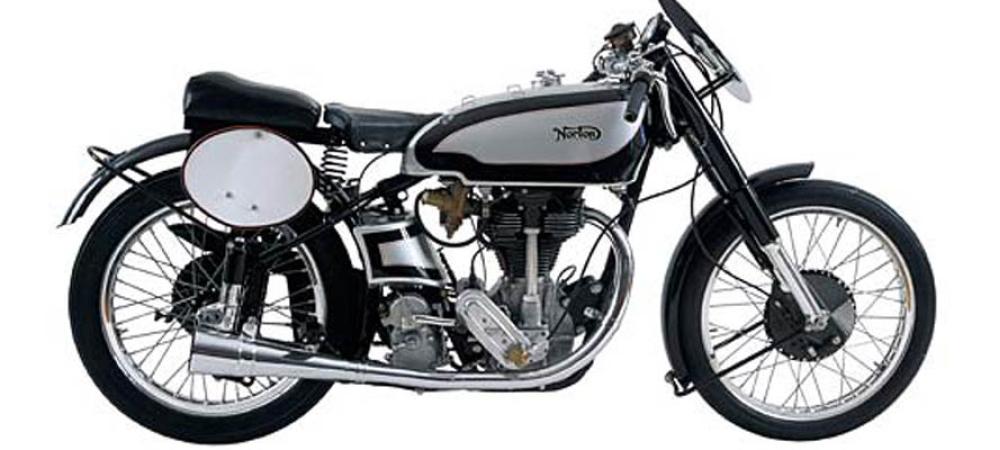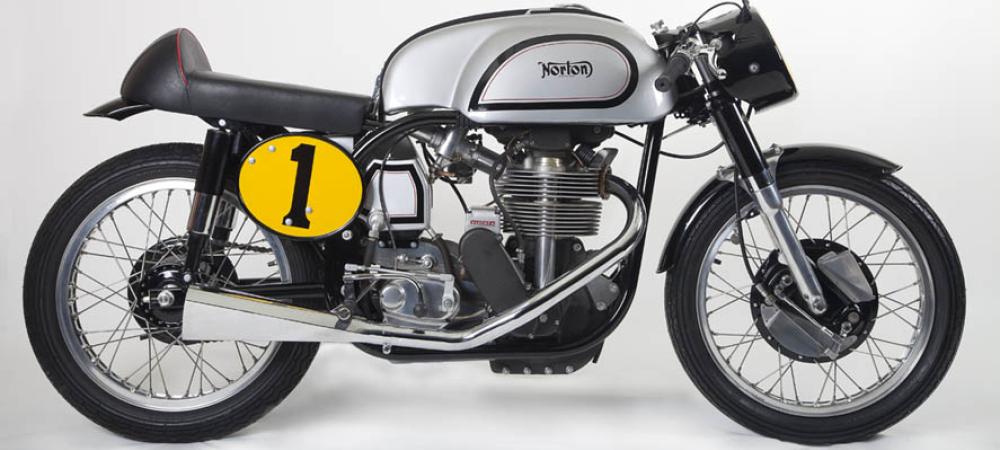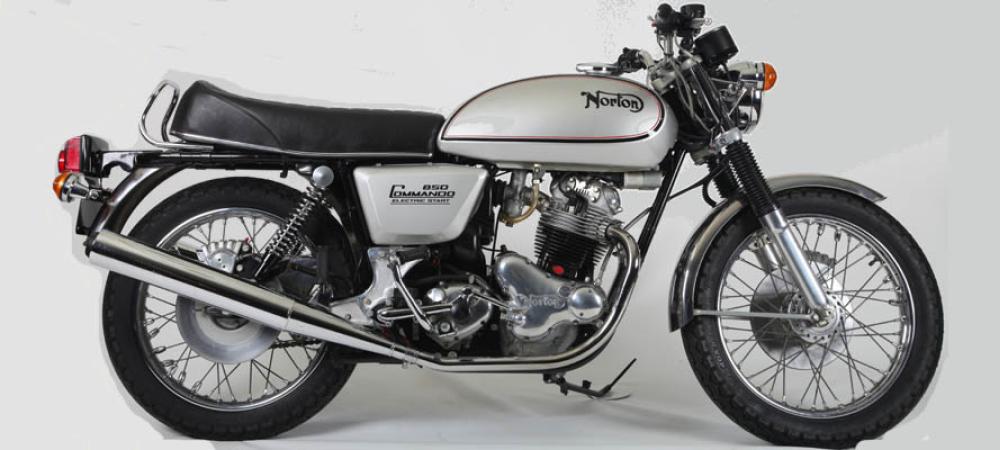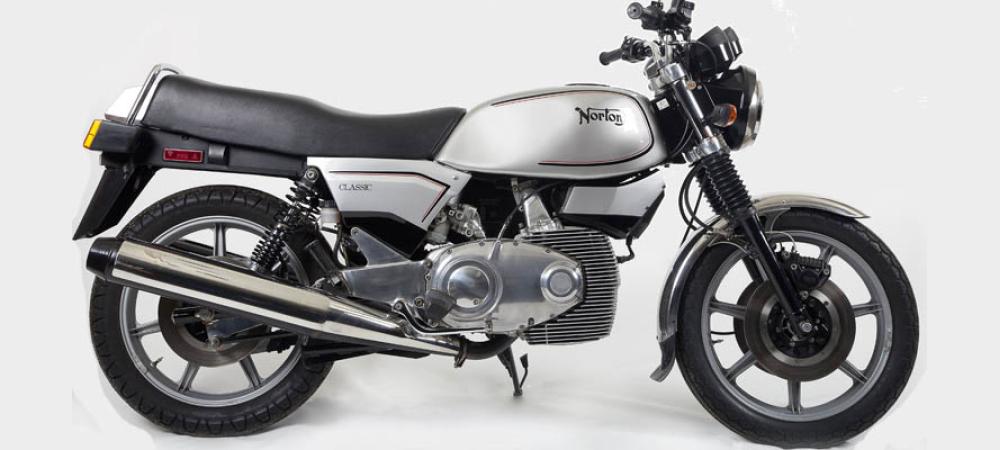A review of correspondence from NOC-L
A review of postings on aligning the alternator rotor and stator;
plus what to do when the insulation and encapsulation material breaks down
Is broken down insulation the end of an alternator stator?
|
"I examined my stator and noticed that there were breaks in the inner and outer insulation, the heat and oil seem to make this insulation turn very brittle. The breaks in the inner insulation of the stator's wires right where it goes into the epoxy-like insulation of the stator concern me most. Is the stator history?" |
My stator has had breaks in the same place for 15,000 miles now. My thinking on it has changed from, 'have to buy a new one of those soon' to 'have to buy a new one of those one day'. Some time ago I put a load of epoxy on top of the insulation breaks. The next time I opened it up there were new breaks in the insulation where it came out from the epoxy. The insulation is basically stuffed. If I was doing it again I might shrink wrap onto it before epoxying.
Chris Ghent (we@amaze.net.au) on NOC-L 3rd. Sep 1998
A method for repairing damaged alternator stator insulation
You can effect a long lasting repair quite easily:-
- Remove stator
- Clean thoroughly in degreaser
- Carefully excavate the 'epoxy' material back a long way until you have clean wires free
- Strip wires and solder new long lengths on
- Fill cavity with Araldite (epoxy adhesive), keeping wires well apart
- Fit new bullet connectors and replace stator
This repair held up for many years and tens of thousands of miles on my bike. I only threw it away when I uprated the alternator a couple of years ago.
Joe Schofield (skywings@bhpa.co.uk) on NOC-L 3rd. Sep 1998
How can I check if my alternator rotor is likely to disintegrate?
| I have heard that rotors can break up with devastating consequences. How can I check if my rotor is likely to do this? |
There is a test you should perform with your rotor. The centre breaks away from the rest. When you have taken the nut and washer off, rock the rotor back and forth and see if you can feel or see any movement between the part that sits on the shaft and the rest of the rotor. When movement starts here it increases quickly and makes a lot of noise which some (self included) mistake for mains.
Chris Ghent (we@amaze.net.au) on NOC-L 28th. Sep 1998
The difference between a loosely fitted rotor and one about to disintegrate
Generally speaking, the rotors don't explode without giving (audible) warning first. In most cases, the magnets start to get loose in the pot metal casting and the core behind them pushes the segments outwards, rather like an impact wrench (or hammer driver) acting like a cam ramp.
If the stator is removed, grip the rotor with your hand and attempt to turn/wiggle it left and right. What you are (as you know) trying to detect is if the rotor center, on the crank, stays still but the outer parts of the rotor move slightly. If there is no perceptable clicking or movement of the rotor on the crankshaft, figure it is OK.
Sometimes the entire rotor moves on the crankshaft, indicating the Woodruff key is not an acceptably close fit. The keyway in either the rotor or the crankshaft (or both) can be too wide. This does not mean the rotor or crank are necessarily unserviceable. A custom fitted Woodruff key can be filed by handy individuals.
Tom Davenport (tom@thekinetics.com) on NOC-L 28th. Sep 1998
Refitting the alternator rotor
| How exactly should I refit the alternator rotor? |
The engine sprocket is a taper fit on the crank (with a Woodruff key). Next are the shims and a spacer outboard of the sprocket, and then the alternator rotor with spring/self-locking washer and funny tubey nut to lock it all together so the engine sprocket is forced onto its taper properly. Hefty torque is called for if I recall, as I expect the Woodruff key alone would not take the abuse for long without the taper's assistance.
The point here is the nut must push the whole shooting match up against the engine sprocket to lock it together, so if the alternator nut bottoms on the crank, it's not doing its job - space it up. Once that is done, your engine sprocket is fixed in position and the clutch is then shimmed on its shaft to give correct alignment of the primary chain.
Martin Edridge (martin.edridge@rcn.org.uk) on NOC-L 29th. Sep 1998
Refitting the alternator rotor - another view
You need the Rotor Spacer, Part No. 060402, often with a couple of shims behind it. It allows the rotor to be pulled up very tight onto the sprocket, thus driving it hard onto the taper. The spacer has a shoulder on the inside allowing the load to go on to the sprocket itself and not onto the taper or key. It should be tightened to 80ft.lbs. - the highest torque setting on the bike (along with the gearbox sprocket nut).
The rotor nut should have a serrated locking washer under it. I have never known it come loose if torqued up properly. To get it tight you need the primary chain, clutch, gearbox, rear chain and brake installed. By jamming the brake on with the box in top gear you can achieve the necessary torque. (Some on the list say it can't be done, but I've never had a problem with this method.) If you're all dissassembled and the cylinders are off the engine, then inserting the gudgeon pins (US: wrist pins) into the connecting rods with a long, stout rod through the pair of them, and resting them on the suitably packed and protected crankcase mouth, will allow you to torque it up.
When removing the sprocket, use the correct factory puller. It has two bolts that thread into the holes in the sprocket. It takes a lot to get it off, and it's not hard to damage the tool by overtightening. The trick is to do the two bolts and centre (extractor) bolt up fairly tight and then smite the centre bolt smartly with a hammer. The whole lot will then spring off, restrained by the primary chain/belt.
Joe Schofield (skywings@bhpa.co.uk) on NOC-L 30th. Sep 1998
Adjusting the alternator stator/rotor gap
| Is there a method for adjusting the alternator stator/rotor gap? |
For my Commando I was advised to put sideways pressure on the stator in the required direction before doing up the nuts in order to even up the gap. I could not get it to move enough however. In the end I put a large ring spanner over each stud and bent them in the required direction until the correct clearance was achievable right around the circumference. I was worried by doing this because they are in an alloy casting and I feared it might break.
I have also heard of people marking the side of the studs, taking them out and bending them slightly in the required direction and putting them back in; and also I have heard of people drilling the holes in the stator slightly larger to get some room to shift.
Chris Ghent (we@amaze.net.au) on NOC-L 30th. Sep 1998
Do not mix up the rotor spacer and the clutch spacer
The engine sprocket is locked on the crankshaft by its taper. The ability to adjust the location of the clutch basket by shims is to accommodate this fixed piece so that the chain run is not cocked in or out. The chain does not locate the sprocket.
It is possible to misplace the clutch location spacer from the mainshaft of the transmission and put it on the crank in place of the rotor spacer. They both have a recess and could easily be confused. The clutch basket and its shims do not ride directly in the clutch location circlip. The clutch location spacer fits on the shaft and its recess goes over the circlip, otherwise it will eventually be pushed out of its groove. It is much thinner than the rotor spacer; the thicker rotor spacer has its recess facing outward to accommodate the key for the rotor.
Bob Patton (bpatton@humboldt1.com) on NOC-L 1st. Oct 1998

